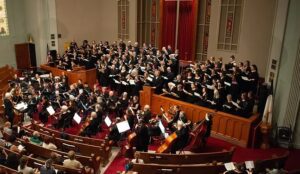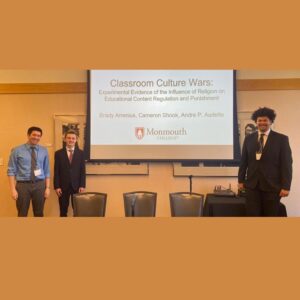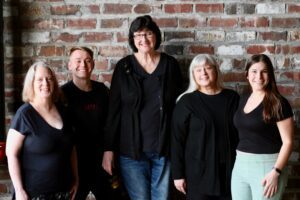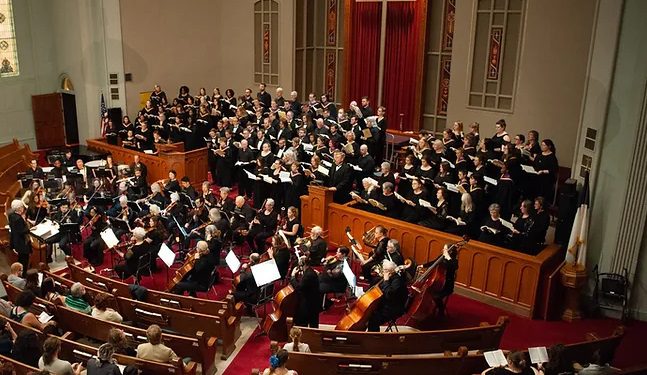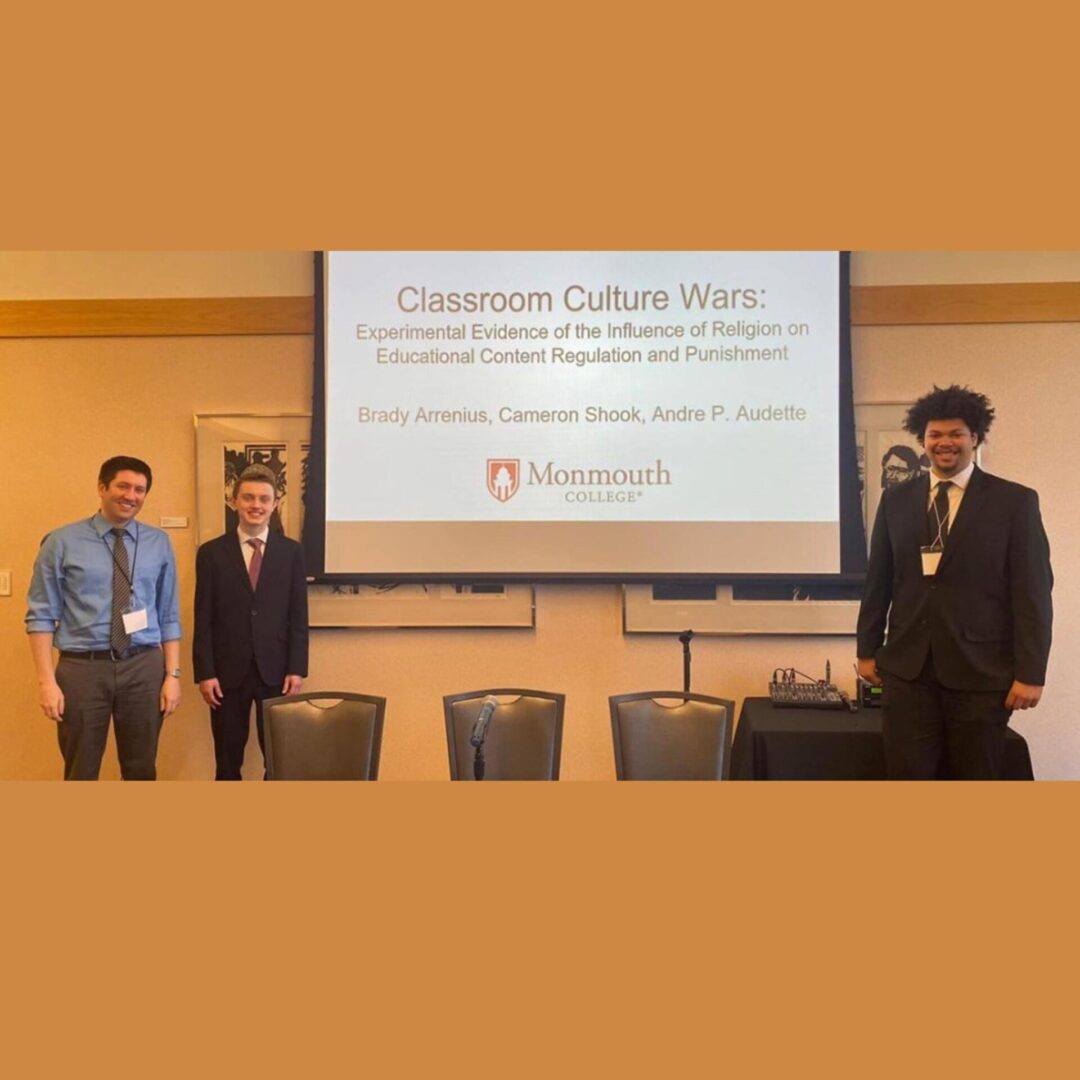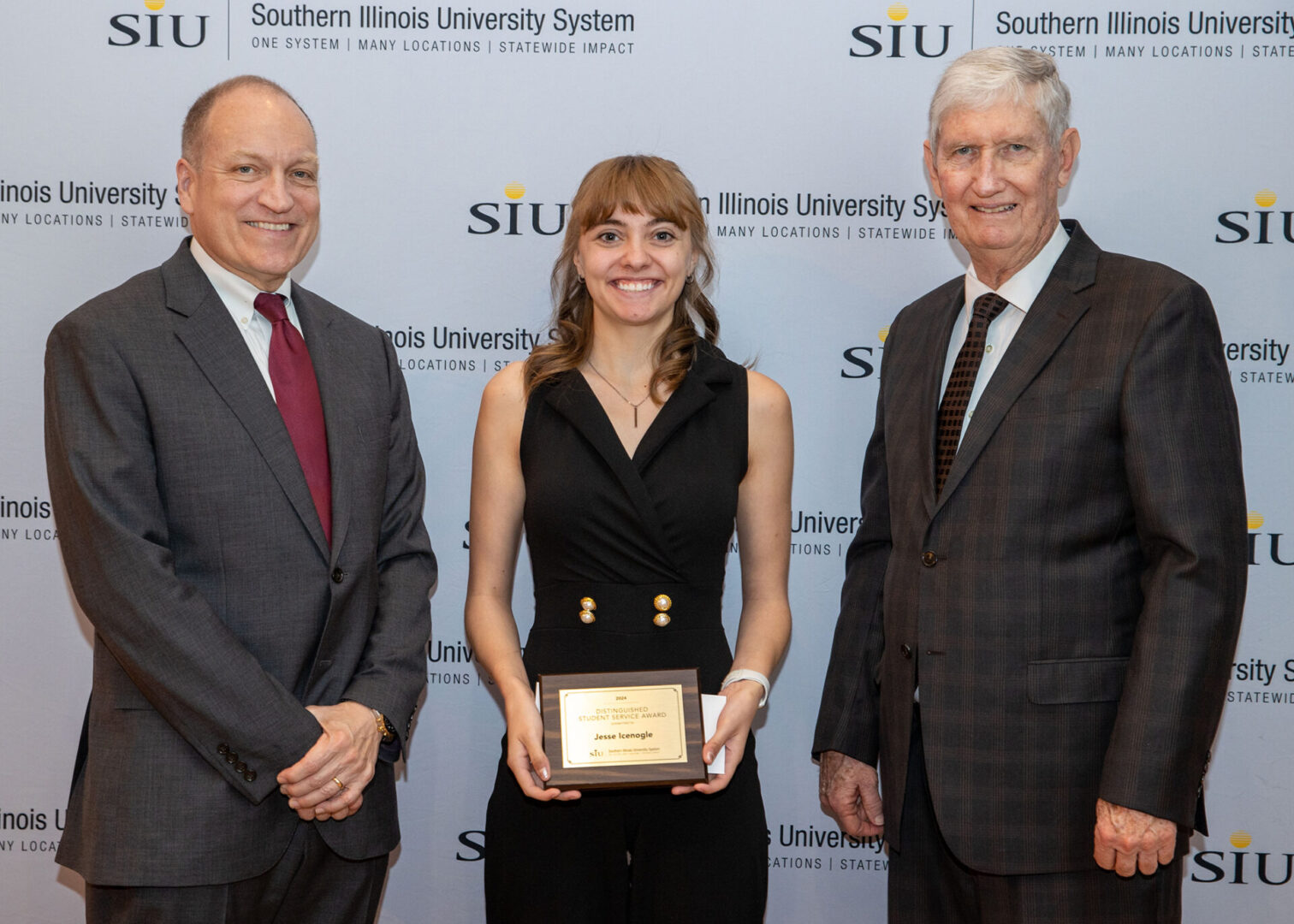Decades ago, a common expression at many a Thanksgiving dinner was “Enough food to feed Coxey’s Army.” In June of 1894, it proved more than an expression for the people of Monmouth, who found themselves obliged to actually feed a faction of Coxey’s Army.
For the 21st-century reader to grasp this intriguing story, a brief history lesson is in order. The tale begins with the Panic of 1893, to that date the most severe economic depression in the nation’s history. The causes of the Panic were myriad, but the net result was the failure of 500 banks and 15,000 businesses. Unemployment reached 18 percent, and with no social safety net, Americans were literally starving. Congress was moribund and as deadlocked over legislative solutions.
Enter Jacob Coxey, a genial Ohio millionaire who had an idea. “What I am after, he said, “is to try to put this country in a condition so that no man who wants to work shall be obliged to remain idle.” Coxey proposed that the government issue no-interest bonds to fund a massive national road improvement program, a concept that would one day be successfully implemented by the FDR Administration. He also proposed paying the workers with paper currency in order to expand the supply of money.
Coxey organized a legion of unemployed workers that he called The Commonweal of Christ, and declared it would march from his hometown of Massilon, Ohio, to the steps of the U.S. Capitol, where he would present his bill to Congress. The colorful and ragtag army captured the nation’s imagination, and towns along the way supported the marchers with food and supplies. When Coxey’s 600 “commonwealers” reached Washington, they were turned away at the Capitol and Coxey was jailed for walking on the grass.
While the story at this point seems anticlimactic, it was only getting started, as Coxey had inspired a movement. Throughout the spring of 1894, dozens of armies of Coxeyites arose across the nation—one of the largest being Kelly’s Army, a group of 2,000 crusaders which formed in San Francisco, a city hit hard by the depression. In early April, the army traveled by train to Omaha, a hotbed of Populist activity, picking up supporters along the way, including the young Jack London, who later chronicled his journey in Cosmopolitan magazine.
By the time Kelly reached Council Bluffs, Iowa, railroad opposition brought an end to free rides. A thousand tramps made it as far east as Des Moines, but when they appeared ready to settle down there, the community provided lumber to construct 104 flatboats and sent them floating down the Des Moines River toward Keokuk. By then, however, starvation and the elements had taken their toll and Kelly’s Army would soon sputter.
Meanwhile, an Omaha saddlemaker named Thomas C. Kelsey set out on May 14 with his own army of 100 Coxeyites. He decided to follow the C.B. & Q. rail line and camped along the way in towns throughout Iowa. By June 7, Kelsey’s Army reached Mount Pleasant, and by June 13 it was at Burlington, camping across the river at Shokokon landing in Illinois. Next stop was Stronghurst, at which point Monmouth authorities breathed a sigh of relief, assuming the hobos would bypass their city and follow the Santa Fe tracks east to Galesburg.
Instead, the Kelseyites went north to Biggsville, where they were fed dinner, and the following noon reached Kirkwood, where they were again fed. At 7 p.m. on June 14, the dusty and weary band appeared at the Monmouth city limits. Although city leaders had initially vowed to turn the army away, they relented, and hundreds of residents lined the street to watch and cheer, as the marchers were funneled down Boston Avenue toward the eastern city limits.
The Daily Review reported: “At the head marched Kelsey with Captain De Camp of Company A. Just behind him a ragged looking man came carrying a banner on which was inscribed: KELSEY’S ARMY / ON OUR WAY TO SEE GROVER (President Cleveland). Then came a big colored man carrying the stars and stripes, and behind him Bugler Brown, a colored man, and the drummer, a young man conspicuous for the hungry look he wore. Then came the others, two abreast. The commissary wagons, three in number, brought up the rear.”
The company’s destination was Harding’s Grove, a stand of trees on the property of Harry Harding on the north side of the old Galesburg road. There they built fires and settled in for the night, with the general assuring his troops that the citizens of Monmouth would bring provisions. But relief never came, even after Kelsey passed a hat for donations.
The next morning, Kelsey came to town and reported to Mayor William Wolf that the men were starving and were likely to go foraging to satisfy their hunger. Wolf, along with Dr. W.E. Taylor and H.H. Pattee, started out soliciting. Monmouth grocers donated bread, potatoes, beans, pork and crackers. They also raised $35 in cash, which was used to buy more groceries and hire wagons to take the provisions to the campgrounds.
The Galesburg marshal and Knox County sheriff appeared at camp and warned Kelsey to steer clear of Galesburg, an order which would fall on deaf ears, as the company would proceed to that town the next day. In the afternoon, Kelsey gave a speech in West Park and another speech at the college baseball park, where the Kelsey’s Army team played the Monmouth cigarmakers that evening.
An editorial in the Galesburg Republican Register the next day charged that the citizens of Monmouth were angry about Galesburg authorities telling Kelly he wasn’t welcome in Galesburg, as it would have encouraged Kelsey to stay in Monmouth. Out of spite, the editorial said, the citizens of Monmouth fed the army—something they had not originally been inclined to do.
The Coxey’s Army story is today but an obscure piece of American history, but its significance in American culture may be greater than most people realize. Many scholars believe that the story of the Wizard of Oz was directly inspired by Coxey’s march to Washington on what he imagined was a yellow brick road, representing America’s gold standard. Author L. Frank Baum, who keenly followed newspaper coverage of the event, is said to have created an allegory in which the Scarecrow represented the American farmer, the Tinman the industrial worker, and the Cowardly Lion the candidate William Jennings Bryan. In the end, their petition to the wizard (President Cleveland) for assistance was rewarded with meaningless tokens.
Coxey also set the stage for future marches on Washington, by World War I veterans in 1932 and by civil rights activists during the 1960s. And his dream for fighting unemployment with public works projects would one day help lift America out of the Great Depression.
For Maple City Memories, I’m Jeff Rankin.



